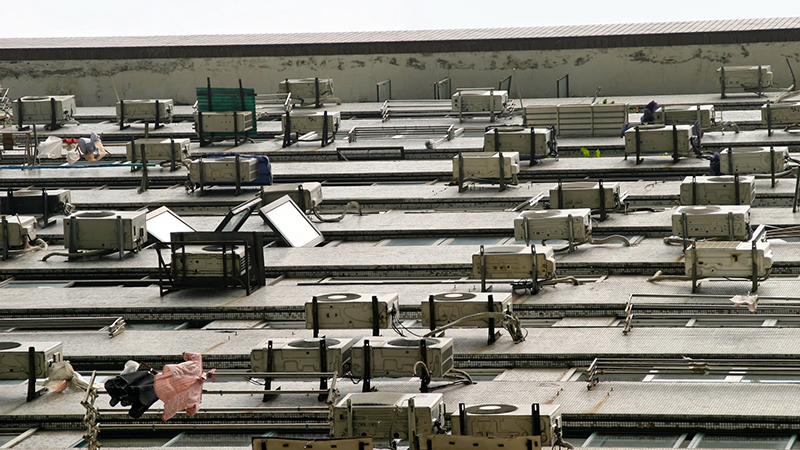After a difficult international negotiation, countries typically take years to move forward with the necessary domestic steps to deliver upon the agreement.
Usually these agreements have a long lead-time for implementation and countries (like school children) wait until the last moment to finalize the details.
The agreement between Prime Minister Modi and President Obama show the exact opposite dynamic is happening with the Paris Agreement as both countries signal further steps to pursue aggressive action on climate change.
These two leaders are showing their desire to roll up their sleeves and start the critical work of implementing the Paris Agreement, delivering more renewable energy, and driving greater climate actions through additional international agreements.
Report: Obama, Modi agree to join Paris climate deal in 2016
After more than 175 countries signed the Paris Agreement this April, countries have been going through the necessary domestic steps to formally join the agreement.
Once 55 countries that account for 55% of the world’s emissions have taken this step the agreement will enter into force. Over the past couple of months more countries have publicly announced that they intend to take this step by the end of the year.
To date, countries that account for over 50% of the world’s emissions have announced that they will formally join this year, according to our tracking.
If India were to formally join this year it would put us easily within reach of the 55% threshold – as we tally we would be at 54.59%.
How's that Paris #climate deal ratification going…? @NRDC keeps it simple pic.twitter.com/WWj288LlzG
— Climate Home News (@ClimateHome) June 8, 2016
The joint announcement signals their intent to try to have this agreement enter into force this year as it states:
“India and the United States recognize the urgency of climate change and share the goal of enabling entry into force of the Paris Agreement as early as possible. The United States reaffirms its commitment to join the Agreement as soon as possible this year. India similarly has begun its processes to work toward this shared objective.”
Delivering more
Both countries have been spending their time since last December continuing to drive the kind of domestic climate action that is good for their citizens and for our grandchildren.
As our recent analysis found the U.S. power sector continues to build the kind of renewable energy that puts emissions in line with the targets set out in the Clean Power Plan.
India is continuing to advance its efforts to build a massive amount of solar and wind. In just the first six months of this year India has installed more solar capacity than they did all of last year.
This joint announcement signals the intent of the two countries to help build more off-grid solar power in India, spur a global solar revolution through the International Solar Alliance, and catalyze more private finance in India’s renewable energy market.
HFCs
The two countries pledged to work for an HFC agreement this year under the Montreal Protocol that includes “an ambitious phasedown schedule” for all countries and “increased financial support” to the Protocol’s Multilateral Fund to help developing countries with implementation.
They are both signalling that they intend to work together to try to spur additional emissions reductions that would put the world closer to a much safer climate trajectory.
Jake Schmidt is director of NRDC’s international programme. Follow him @jschmidtnrdc
